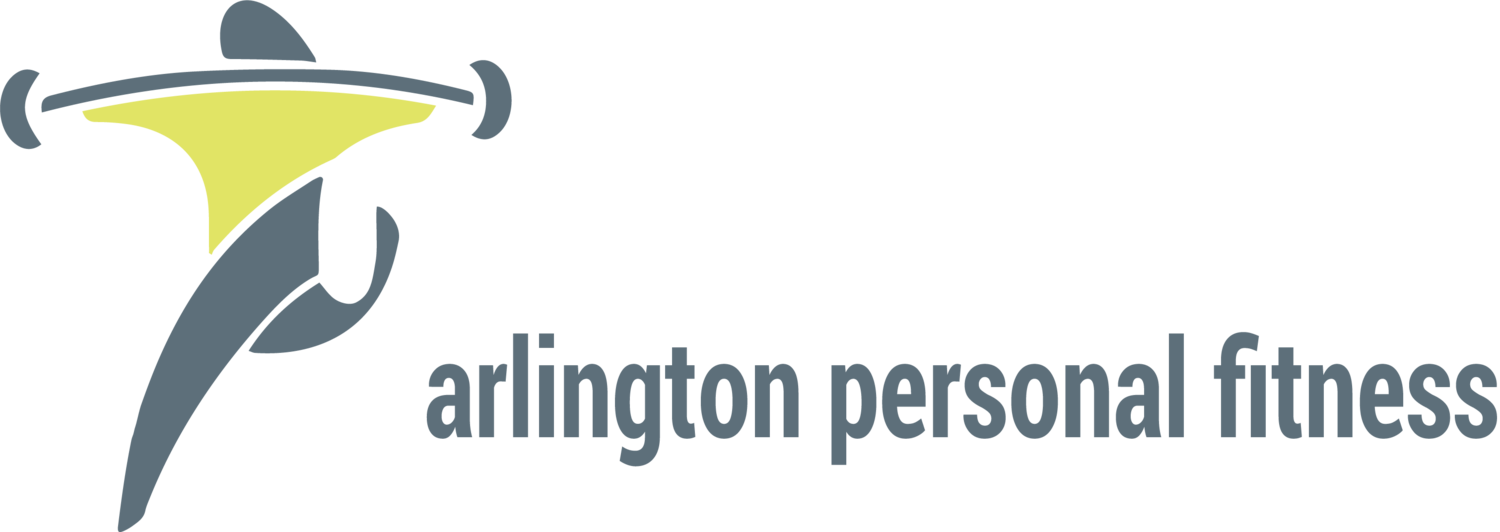Why HIIT is Crucial for Menopausal and Post Menopausal Women
/Ok, first question. What is HIIT? HIIT stands for high intensity interval training. HIIT training involves going all out, giving 100% for a short period of time and then having short periods of rest or active recovery. Are you scared off by the thought? Are you thinking, wait, I can’t do all that jumping, squatting, pushups, and crazy stuff?! The good news is yes you can! And I will tell you why. But first, let me convince you that you NEED to add this type of training to your regular workout week.
Here are some of the benefits of HIIT:
- Losing body fat
- strengthening the cardiovascular system
- increasing your ability to work harder for longer
- improving your body’s ability to utilize fat & carbohydrates for fuel
- developing mental toughness (makes you a badass!)
- helping maintain our fast twitch fibers that tend to slow down as we age.
Previously in my blog I talked about what happens to our body as we pass through menopause. As you can see from the above, HIIT training helps combat the weight gain, the slowing metabolism & the loss of bone and muscle mass.
A few of the other benefits of HIIT?
- Takes a short period of time
- Can be done at home
- Can be done with NO equipment
Are you convinced HIIT is good idea? Then let’s talk about some of the reservations you may have. If you Google HIIT, you are more than likely going to see workouts which involve jumping jacks, burpees & mountain climbers which are high impact activities. These are great for building bone density, muscle mass and increasing your metabolic rate. But not everyone can take on this much impact. HIIT can also be done in a low impact form. It can be done with walking, running, swimming or biking. See my video on low impact HIIT for ideas!
Are you convinced and ready to get started? Then start with these tips:
- Select some upbeat music!
- Do an active warm up, such as brisk 5 minute walk
- Start with short, less than 30 seconds, work intervals and allow yourself enough recovery time so your heart rate feels elevated but not out of control. As you improve, increase your work time and decrease your rest time.
- Start your HIIT with 10 minutes twice a week and gradually increase the duration so you can perform it for 30 minutes at least twice per week.
Remember a lot will depend on YOUR goals and YOUR body’s capabilities, but HIIT can benefit EVERY body!

